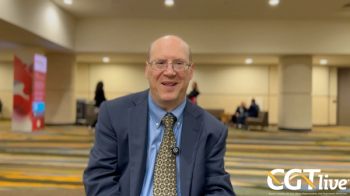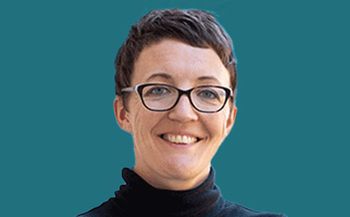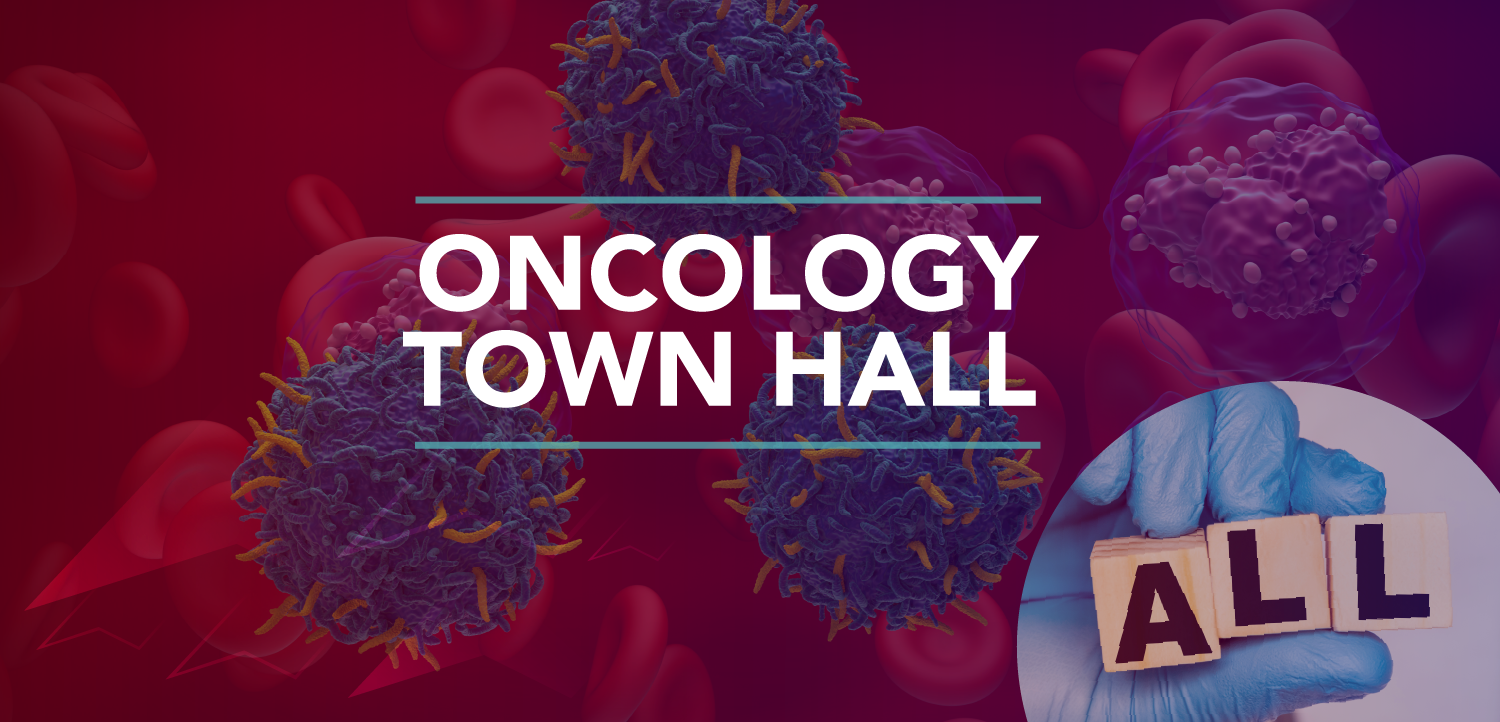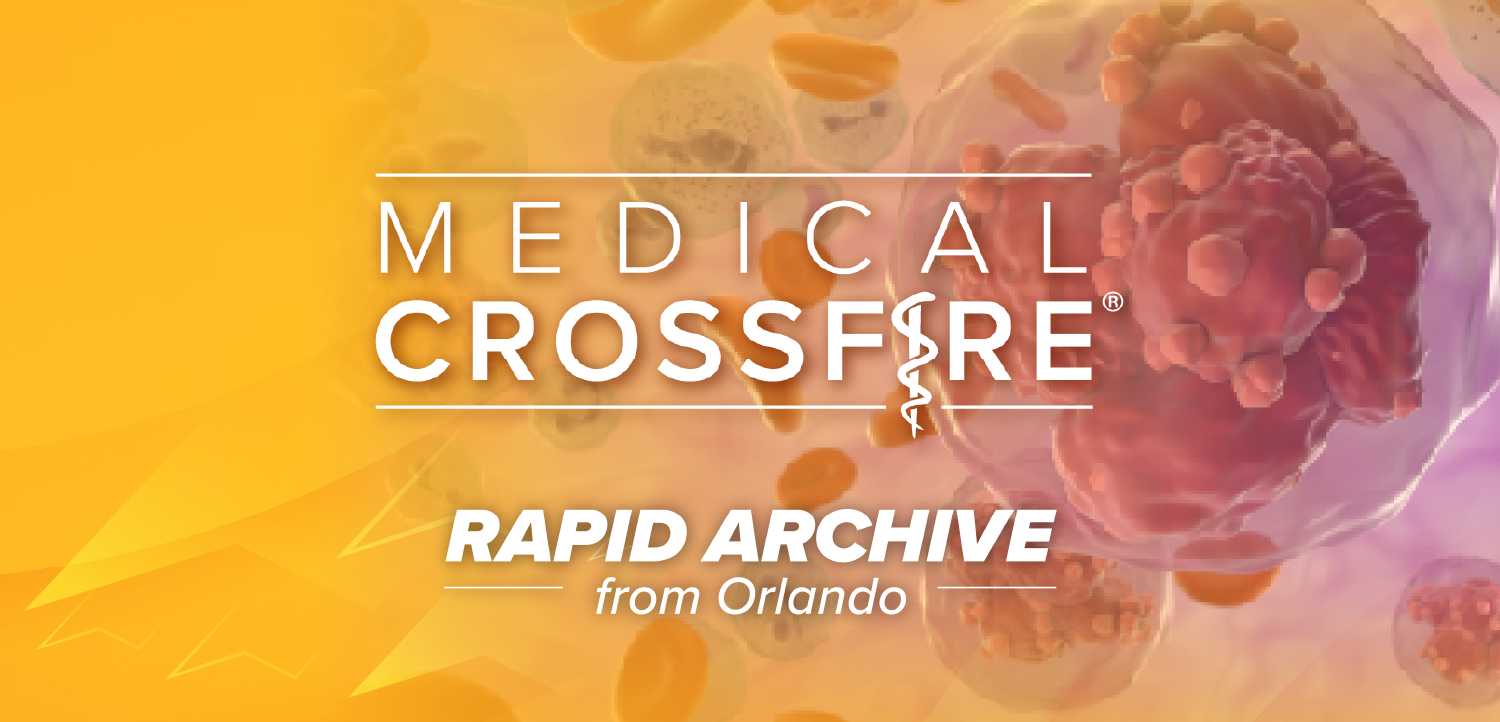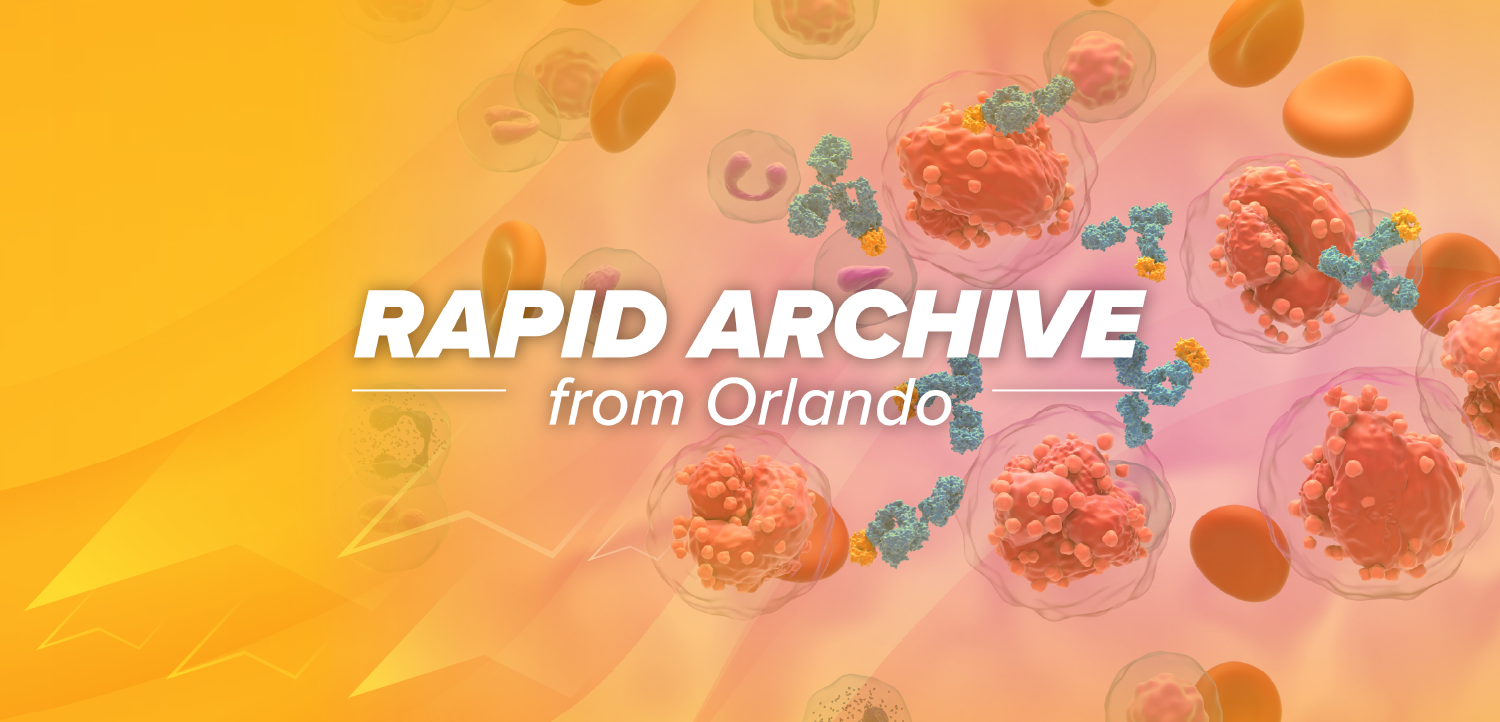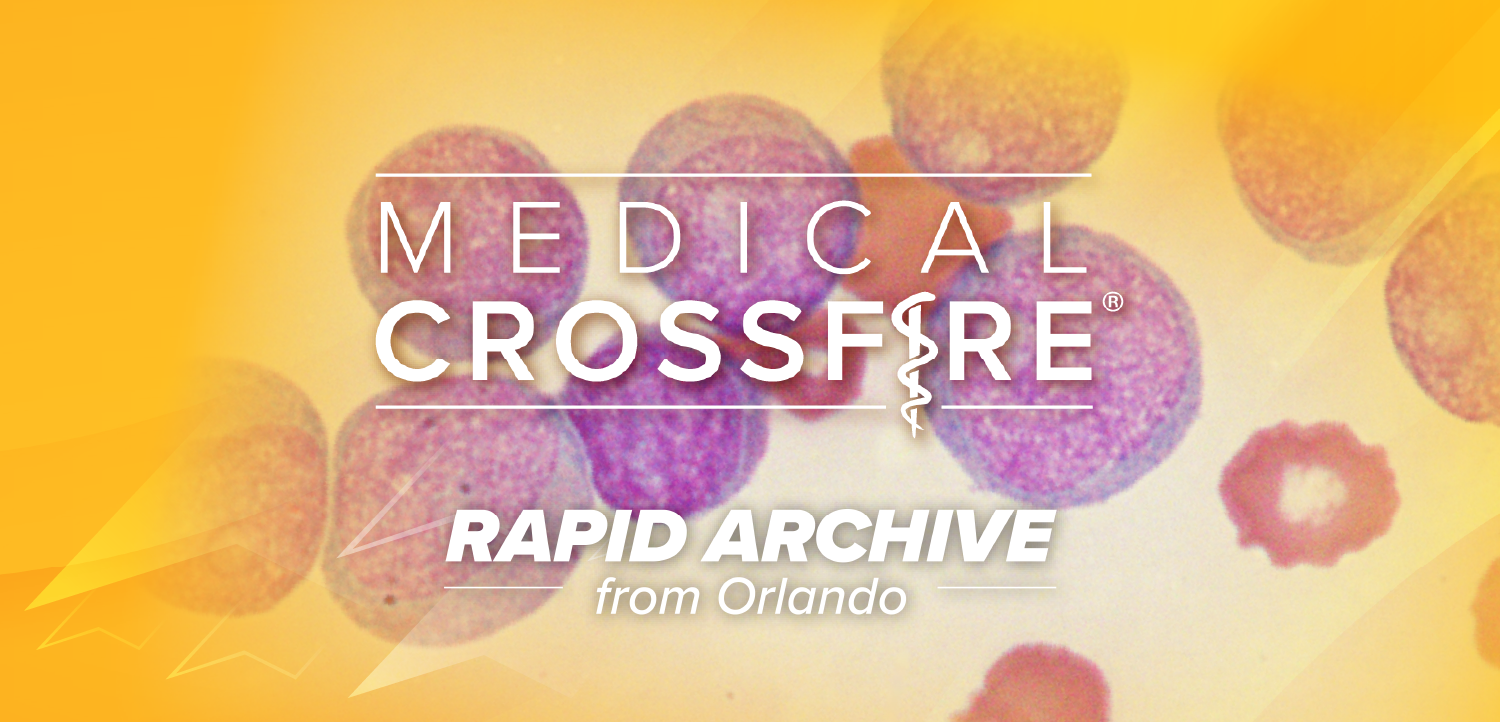
Novel Film Matrix May Solve AAV-Based Therapy Production, Storage Challenges
Maria A. Croyle, PhD, discusses the development of a novel film matrix that can safely and effectively store and transport AAV-based gene therapies.
In a presentation at the 24th Annual Meeting of the American Society for Gene & Cell Therapy, Maria A. Croyle, PhD, a professor of pharmaceutics at the University of Texas at Austin College of Pharmacy, and colleagues described their novel method for stabilizing live viruses in a peelable, thin film matrix that allows for transport and storage at ambient temperatures. Notably, differences between the viruses stored at room temperature versus those in cold storage were negligible, including presence of infectious viral particles, stability, and ultimately in vivo biodistribution and transgene expression seen in a mouse model.
Croyle and colleagues' novel development holds promise for addressing the multitude of production and storage challenges plaguing the gene therapy field as regulatory authorities place increasing emphasis on consistent product quality, the assurance of which requires innovations in transport and storage of these therapies. Facing complicated logistics and increasing costs, Croyle and colleagues' novel solution could have a significant impact not only on production but also on access to these potentially life-saving therapies.
In an interview with GeneTherapyLive, Croyle shared details of the matrix, how it performed in testing, and next steps for development.
Newsletter
Stay at the forefront of cutting-edge science with CGT—your direct line to expert insights, breakthrough data, and real-time coverage of the latest advancements in cell and gene therapy.

